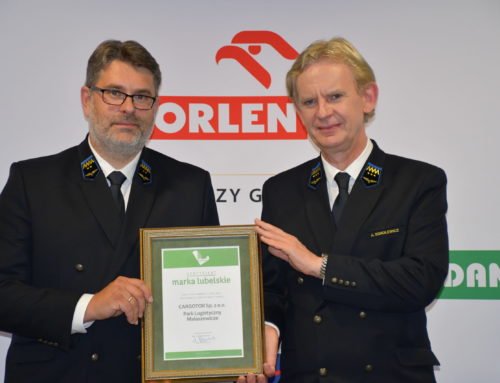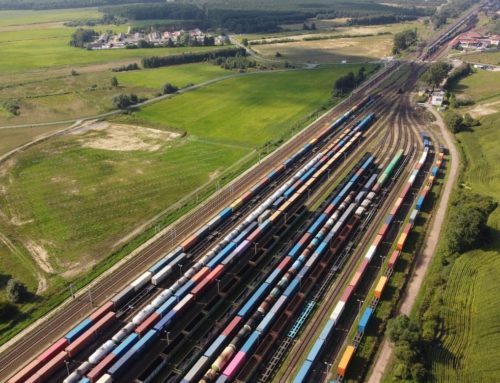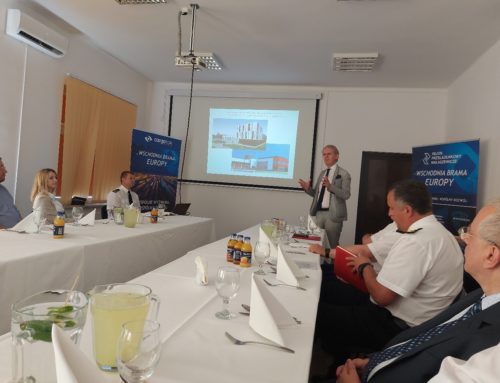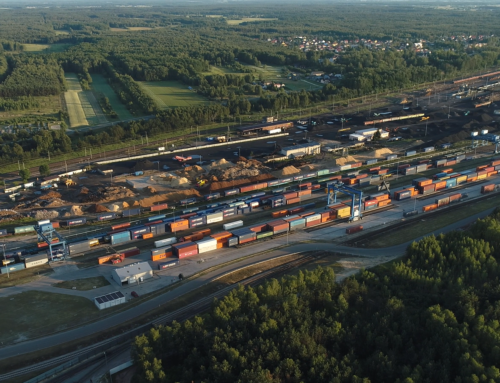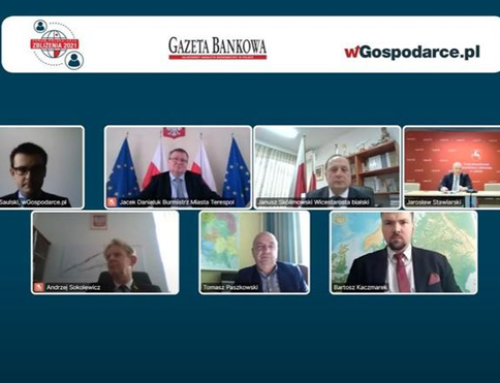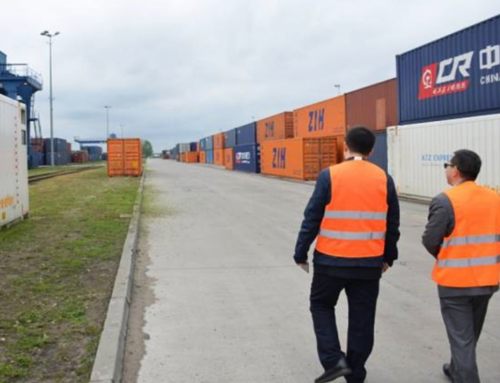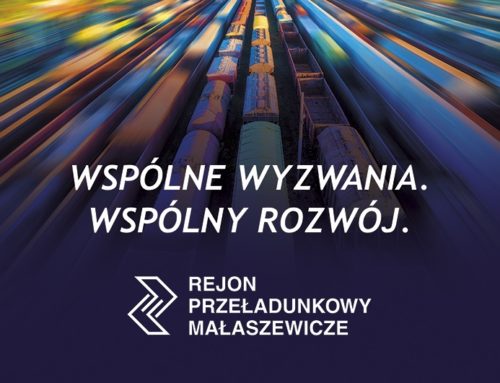At what stage are we, how have we planned the next phases of the project and why the creation of the Logistic Park Malaszewicze is in the interest of Poland and the Lublin region – these are the most important threads of CARGOTOR investor consultations, which took place on January 26, 2021. The on-line meeting was attended by representatives of local and national authorities, business partners and journalists.
The Małaszewicze Logistics Park, which will be built in the municipalities of Terespol, Zalesie and Piszczac – on a total area of over 30 square kilometers – is ultimately to be the most modern and largest transshipment hub in Europe. It is a key place on the New Silk Road linking Asia with the Old Continent. It is here that European recipients will receive and will be receiving in increasing numbers, loads transported by rail from China, Japan or South Korea. Małaszewicze is also a gateway to the East for European exporters.
The January meeting was not only an opportunity to summarize three years of hard work on the modernization of the railway network in the region, but something more: a conversation about a great construction project.
– We want the Logistic Park Malaszewicze to be a testimony to the possibilities for the development of the Polish State – here, in the eastern borderlands of the Lublin region. This meeting is an invitation for all its future users to contribute for the good of this place. The regional dimension is particularly important to us, because it concerns You: all companies that work with us today or are located in the Logistic Park Malaszewice. This applies, of course, not only to forwarders, carriers, reloaders, but also to the entire network of cooperating companies – said Andrzej Sokolewicz, president of the CARGOTOR company, opening the meeting. – This is the best moment for us to cooperate, there won’t be a better one. Together, we can transform the Chinese concept of the New Silk Road into a genuine benefit for Poland. Of a civilizational, economic and social nature – emphasized president Sokolewicz.
During the meeting, the details of the planned modernization works of the railway infrastructure in the Małaszewicze Reloading Region of the 8 cargo lines corridor on the EU border with Belarus were discussed. Cezary Mitrus, Project Manager on behalf of CARGOTOR, emphasized that the most important assumed goal of the large-scale project is to increase the capacity of the Brest-Terespol Railway Border Crossing to 55 pairs of trains a day on a 1520 mm track. It is served by a number of investments, such as improving the accessibility of the border crossing, expansion of the track system, construction of a new bridge over the Bug and modernization of the railway infrastructure.
Cooperation with local authorities was also widely discussed: the communes of: Piszczac, Terespol and Zalesie and the Bialski County. Harmonious cooperation with them is essential for the success of the entire project, as CARGOTOR, as the manager of the railway infrastructure, is not involved in the management of public road infrastructure.
At the same time, the amenities for the local community were emphasized, resulting from the fact that, in accordance with the idea of the project, the new road system will “absorb” the increased road transport related to the operation of the Logistics Port, redirecting it directly to the planned A2 motorway. It is also estimated that the implementation of the project will create over 300 new jobs (in the CARGOTOR company itself), including among others: middle technical staff, track makers, signalmen, as well as operators of specialist equipment, welders, mechanics and electromechanics.
From the technical side, the scope of the planned works was presented by Dr. Jarosław Zwolski, Railway Engineer and Project Manager representing the design unit, SYSTRA company from Wrocław. He presented the main entities participating in the project and the project team, as well as characterized the scope of works with a detailed focus on the modernization of existing stations and the construction of new ones, reconstruction of the line, construction of viaducts in Kobylany and Zaborze, technical service center, modern control rooms, access to petrol stations and other stages .
Participants were reminded that an application for a building permit had already been submitted. After obtaining it, as well as after ensuring full financing of the project from public funds and selecting contractors, construction may start in the first quarter of 2023. According to current plans, it is to end in 2026.

